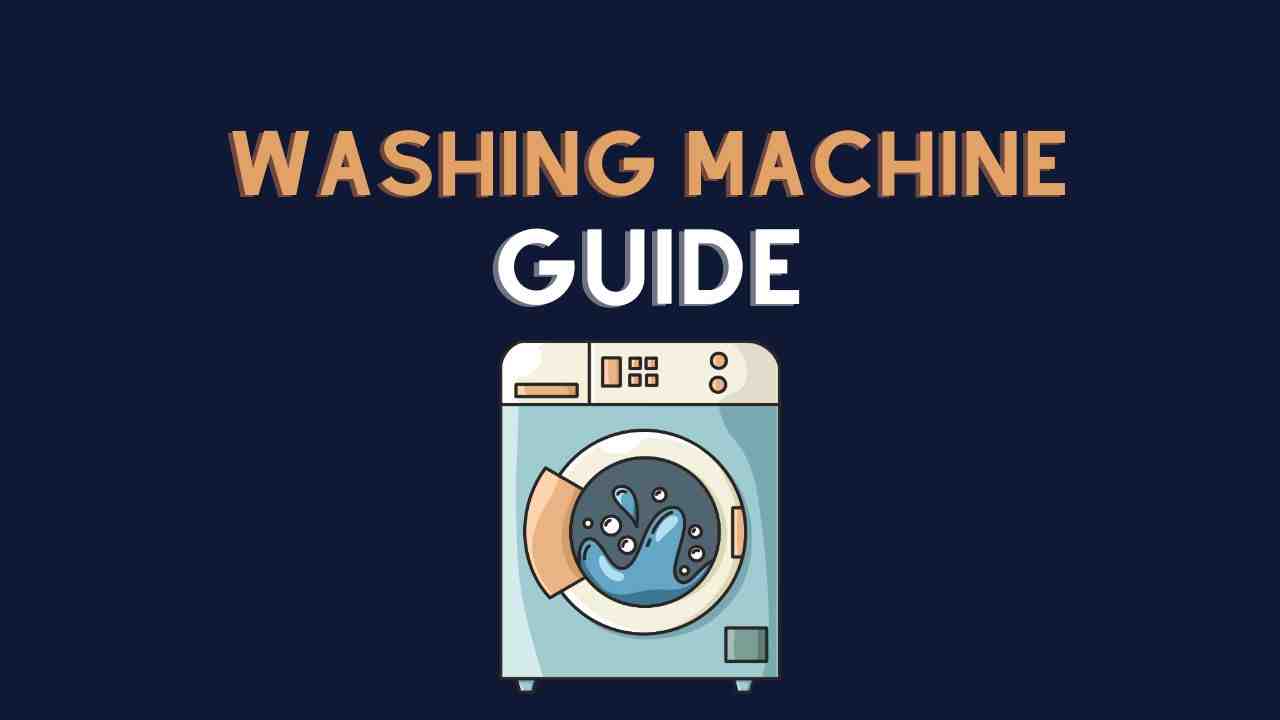When it comes to equipping your kitchen with the right appliances, the choice between a Microwave Oven and an OTG (Oven, Toaster, Griller) can be a perplexing one. Both appliances have their unique features and advantages, catering to different cooking needs. In this comprehensive guide, we will delve into the nuances of both Microwave Ovens and OTGs, comparing their functionalities, benefits, and use cases. By the end of this article, you’ll be better equipped to make an informed decision on which appliance suits your culinary requirements best.
Understanding the Microwave Oven

A Microwave Oven is a marvel of modern technology that uses electromagnetic waves to cook, heat, or defrost food quickly and efficiently. Its primary function is to heat food from the inside out, making it a popular choice for reheating leftovers or preparing instant meals. The microwave radiation agitates the water molecules within the food, generating heat and cooking the food in the process.
Key Features of Microwave Ovens
- Speed and Convenience: Microwave Ovens are renowned for their speed in cooking and reheating. They can significantly reduce cooking times compared to traditional cooking methods.
- Versatility: Besides reheating, Microwave Ovens can handle various tasks such as steaming vegetables, making popcorn, and defrosting frozen foods.
- Preservation of Nutrients: The quick cooking process of Microwave Ovens helps retain the nutrients in the food, making it a healthier cooking option.
- User-Friendly: These appliances come with intuitive controls and pre-set functions, making them easy to operate for users of all skill levels.
Use Cases of Microwave Ovens
- Busy Professionals: Microwave Ovens are ideal for individuals with hectic schedules, as they allow quick and efficient meal preparation.
- Reheating Leftovers: Instead of using stovetops or ovens, a Microwave Oven excels in reheating last night’s dinner in a matter of minutes.
- Instant Meals: For those relying on ready-to-eat meals, a Microwave Oven becomes an indispensable kitchen companion.
Exploring the OTG (Oven, Toaster, Griller)

An OTG, short for Oven, Toaster, Griller, is a multifunctional kitchen appliance that combines the functionalities of a traditional oven, a toaster, and a griller. Unlike Microwave Ovens, OTGs use traditional heating elements to cook food evenly.
Key Features of OTGs
- Baking and Grilling: OTGs are designed for baking cakes, cookies, pizzas, and grilling meats, making them a baker’s delight.
- Even Cooking: With heating elements at both the top and bottom, OTGs ensure even cooking and browning of food.
- No Loss of Texture: When you want your dishes to have a crispy texture, an OTG is the go-to appliance.
- Greater Capacity: OTGs generally have larger cooking capacities than Microwave Ovens, making them suitable for families and larger gatherings.
Use Cases of OTGs
- Baking Enthusiasts: For those who love baking, an OTG offers precise temperature control and consistent results.
- Grilling Meats and Vegetables: OTGs are perfect for grilling juicy steaks, flavorful vegetables, and delicious kebabs.
- Toasting and Broiling: From toasting bread to preparing melt-in-your-mouth broiled dishes, OTGs provide excellent results.
Key Differences between Microwave and OTG Oven

Microwave ovens and OTGs can both be very helpful when heating food or baking cookies and cakes. The difference between an OTG and a microwave oven can easily be understood based on your usage. Knowing these differences will enable you to choose the right appliance for your kitchen based on your needs.
| Microwave Oven | OTG Oven | |
| Heating By | Food particles oscillate due to electromagnetic waves | Electric coils |
| Heat Distribution | More even | Less even |
| Heating time | Quick (At most 5 minutes) | Relatively slow (About 15 minutes) |
| Power consumption | High | Low |
| Auto-cook functionality | Available | Not Available |
| Price | Expensive | Economical |
| Metal vessels | Microwaves should not be used with metal | OTG can use metal |
| Container options | Glass, silicone and ceramic but not metal | Ceramic, glass, metal, or silicone |
| Weight | Heavy | Lightweight |
| Best for | Simple baking and defrosting | Baking, toasting, grilling |
Technology Difference
OTG stands for Oven, Toaster, and Griller. It works by heating up the compartment inside with nickel/chromium coils and circulating the heat evenly – simulating an actual charcoal oven. As heat is generated based on the coil’s temperature, preheating and baking usually take time.
Microwave ovens, on the other hand, use electromagnetic waves to generate heat by absorbing them into the food inside. The electromagnetic waves range between 300 MHz and 300GHz – which falls in the middle of the radio wave spectrum and the infrared spectrum. Due to its electric nature, microwave ovens heat up food instantly, taking very little time to preheat. Furthermore, it does not come with a pre-installed fan due to the food’s ability to absorb heat. In addition, it comes with a turn-table to ensure that the food is heated evenly from all sides.
Which One to Choose: Making the Decision
Now that we have a clear understanding of both Microwave Ovens and OTGs let’s evaluate which one suits your specific needs best.
Choose a Microwave Oven If:
- You prioritize speed and convenience over baking and grilling capabilities.
- You need an appliance for quick reheating and defrosting.
- You prefer an easy-to-use kitchen appliance with simple controls.
- You have limited kitchen space and need a compact solution.
Choose an OTG If:
- You enjoy baking and want to experiment with cakes, cookies, and other baked goods.
- You love grilled dishes and want to prepare them at home.
- You require an appliance that can handle large cooking quantities for family gatherings.
- You want precise temperature control for baking perfection.
Find best deals on Microwave Ovens in India Here
Also Check:



